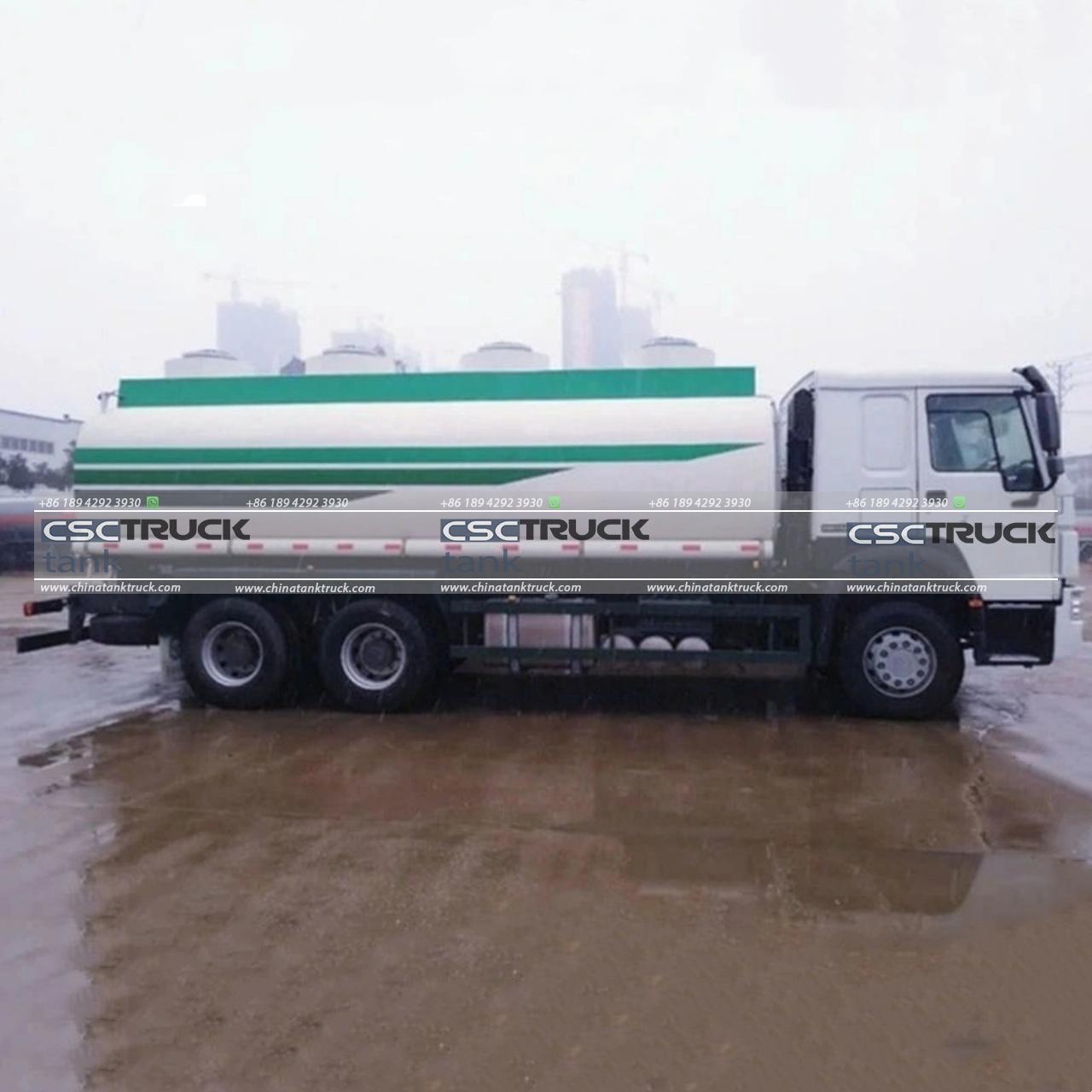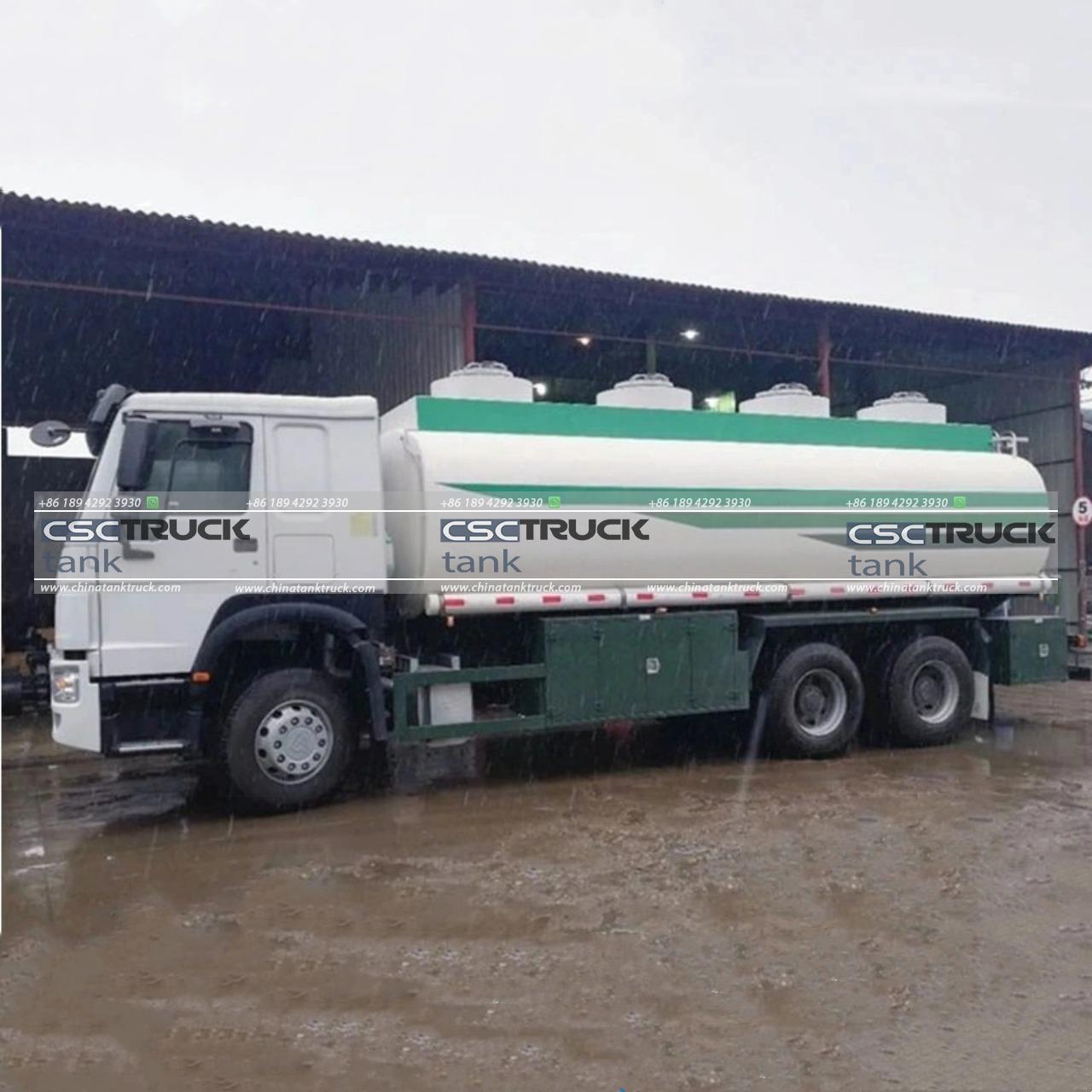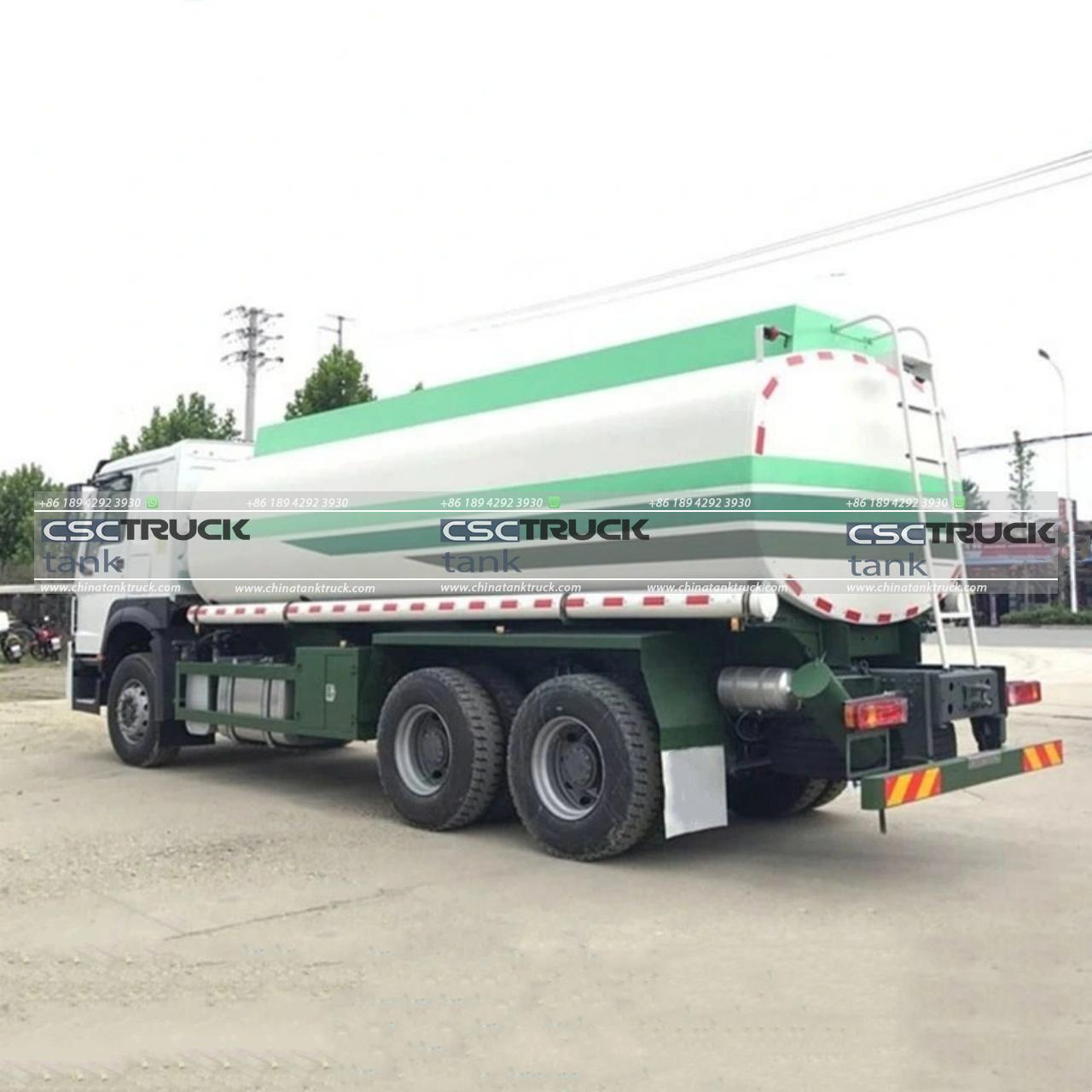What is the Difference between a Food Grade Tanker and a Chemical Tanker?
Tanker trucks play a vital role in transporting liquids, powders, and gases across the globe. These specialized vehicles cater to various industries, each with its own set of regulations and requirements. Among the many types of tanker trucks, food-grade tankers, and chemical tankers are 2 distinct categories with significantly different purposes, designs, and regulatory standards. This article explores the differences between food-grade tankers and chemical tankers, focusing on their construction, materials, regulatory compliance, and maintenance requirements.
1. Purpose and Use
The primary distinction between food-grade tankers and chemical tankers lies in their purpose.
– Food Grade Tanker: As the name suggests, food-grade tankers are used to transport consumable products, such as milk, oils, juices, liquid sweeteners, and other food-related liquids. These tankers must adhere to strict sanitation standards to ensure that the products remain safe for human consumption.
– Chemical Tanker: Chemical tankers, on the other hand, are designed to transport hazardous chemicals, industrial liquids, or gases, such as sulfuric acid, methanol, ammonia, and solvents. The primary concern for these tankers is ensuring that the transported chemicals do not pose a safety risk during transit or upon delivery.
The materials transported by food-grade tankers are usually sensitive to contamination, while chemical tankers are used for materials that may be corrosive, toxic, or flammable. This fundamental difference in cargo type shapes the design, material selection, and regulatory requirements for each type of tanker.

2. Materials and Construction
The choice of materials for constructing a tanker plays a crucial role in ensuring the safety and integrity of the cargo. Both food-grade and chemical tankers are typically made from stainless steel due to their strength, corrosion resistance, and ease of cleaning, but there are key differences in their construction.
– Food Grade Tanker Materials: Food-grade tankers are often made of 304 or 316 stainless steel, which are non-reactive to food products. These materials prevent any chemical reaction between the cargo and the tanker walls, ensuring that the liquid inside remains uncontaminated. Additionally, food-grade tankers are built with smooth, polished interiors to avoid bacteria buildup and make cleaning easier.
– Chemical Tanker Materials: Chemical tankers may also use stainless steel, but they might require additional materials or coatings depending on the type of chemicals being transported. For instance, certain chemicals can corrode stainless steel, so chemical tankers may feature special linings such as rubber, plastic (like polyethylene), or other specialized coatings. These coatings act as barriers to prevent the cargo from damaging the tanker or reacting with the metal.
The construction of chemical tankers may also vary based on the volatility or toxicity of the chemicals. For instance, some chemical tankers need to be equipped with insulation or pressurization systems to safely transport gases or liquids at high or low temperatures. Others might feature compartmentalization to allow the transport of multiple chemicals simultaneously, provided they do not react with each other.
3. Sanitation and Cleaning Requirements
Proper sanitation is critical for both food-grade and chemical tankers, but the standards and procedures differ significantly based on the type of cargo.
– Food Grade Tanker Cleaning: Food-grade tankers must adhere to strict hygiene protocols to ensure the safety of the food products being transported. This often involves thorough cleaning before and after each load using methods like CIP (Cleaning in Place), where hot water, detergents, or sanitizing solutions are used to clean the tanker’s interior. Any residue from the previous load must be fully removed to prevent contamination, and cleaning records are often maintained as part of compliance with food safety regulations. Additionally, food-grade tankers are sometimes dedicated to specific types of cargo (e.g., only dairy products) to minimize the risk of cross-contamination.
– Chemical Tanker Cleaning: Chemical tankers also require careful cleaning, but the process is highly dependent on the chemicals being transported. Some chemicals may leave dangerous residues that can react with the next cargo or even pose a risk to those cleaning the tanker. As a result, chemical tankers may require the use of specialized cleaning agents that are compatible with the chemicals being transported. Depending on the type of chemical, there may also be additional steps involved, such as neutralization of acidic or basic substances or the handling of hazardous waste generated during cleaning.
In both cases, improper cleaning can lead to contamination or safety hazards, but food-grade tankers typically follow more rigid sanitation protocols due to the sensitivity of the cargo.

4. Regulatory Compliance and Standards
Both food-grade and chemical tankers are subject to regulations, but these regulations differ greatly between the 2 types of tankers, reflecting the different risks and concerns associated with each.
– Food Grade Tanker Regulations: Food-grade tankers must comply with stringent standards to ensure the safety of the transported food products. In the United States, for instance, they are regulated by agencies such as the Food and Drug Administration (FDA) and the United States Department of Agriculture (USDA). These agencies set guidelines for sanitation, materials, and transportation practices to prevent contamination. For food-grade tankers in the European Union, the European Food Safety Authority (EFSA) sets the relevant standards.
– Chemical Tanker Regulations: Chemical tankers, in contrast, must adhere to regulations that focus on the safe transportation of hazardous materials. In the U.S., the Department of Transportation (DOT) and the Environmental Protection Agency (EPA) are involved in regulating the transportation of chemicals. Internationally, the International Maritime Organization (IMO) and the International Code for the Construction and Equipment of Ships Carrying Dangerous Chemicals in Bulk (IBC Code) play crucial roles in regulating chemical tankers that operate across borders. The requirements for chemical tankers often include provisions for the safe handling of toxic or flammable substances, such as ensuring proper labeling, spill containment systems, and ventilation.
5. Maintenance and Inspection
Both food-grade and chemical tankers require regular maintenance and inspections to ensure their safe operation, but the focus of these inspections differs based on the cargo.
– Food Grade Tanker Maintenance: For food-grade tankers, cleanliness and sanitation are top priorities. Regular inspections may focus on checking for signs of contamination, ensuring the tanker is free from rust or corrosion, and verifying that all cleaning protocols are followed. In addition, food-grade tankers must be inspected for leaks or other potential contaminants that could compromise the cargo.
– Chemical Tanker Maintenance: Chemical tankers require inspections that focus more on the integrity of the materials and systems that prevent leaks or chemical reactions. Tankers may need to undergo pressure testing, lining inspections, and checks for chemical damage. Depending on the cargo, there may also be a need to test the tanker’s ability to handle temperature fluctuations or pressure changes.

Conclusion
While food-grade tankers and chemical tankers may appear similar in outward appearance, their differences are significant and rooted in their cargo’s nature. Food-grade tankers are designed with a focus on hygiene, cleanliness, and compliance with food safety standards, while chemical tankers prioritize material compatibility, containment, and the safe transportation of hazardous substances. Understanding these differences is crucial for ensuring the safe and effective transport of both food and chemicals across global supply chains.

